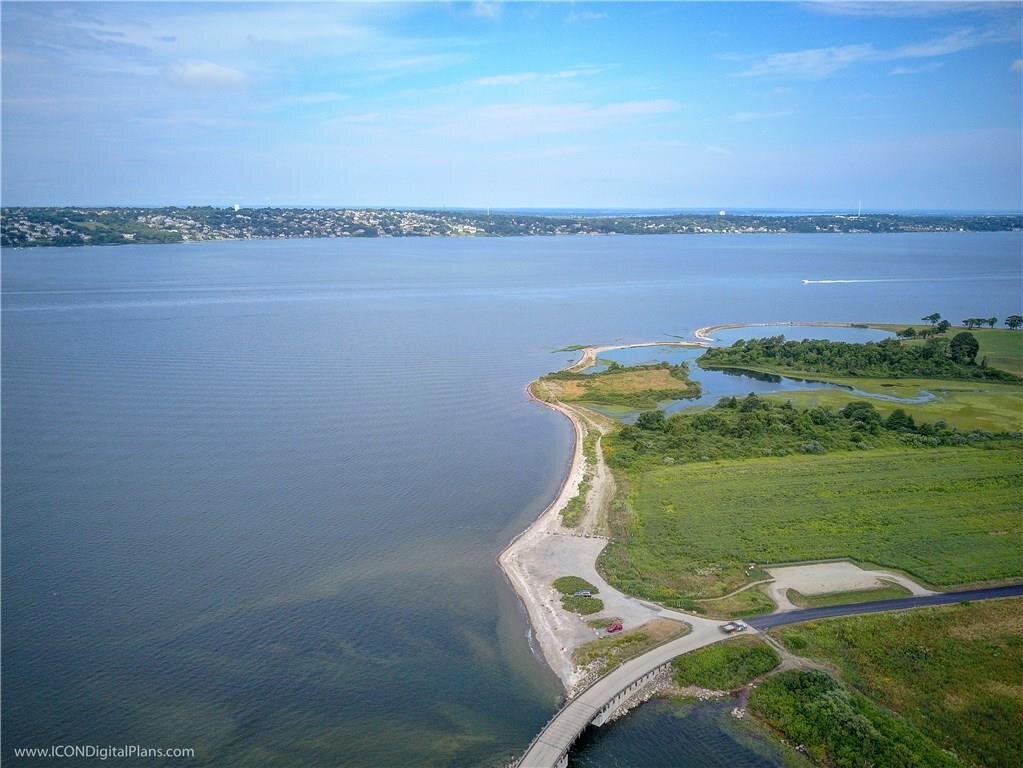
CRMC, wary audience talk oyster farms in Tiverton
Photo: Staff from the Rhode Island Coastal Resources Management Council (CRMC) spent 90 minutes talking aquaculture before the Tiverton Harbor Commission Monday evening. Representatives included (from left) executive director Jeffrey Willis, deputy director James Boyd and aquaculture specialist Benjamin Goetsch.
By Ted Hayes
Representatives from the state's Coastal Resources Management Council got an earful Monday evening when they appeared before the Tiverton Harbor Commission to talk about the changing face of aquaculture in Rhode Island.
Though CRMC executive director Jeffrey Willis said from the outset that neither he nor his two colleagues would talk about specific aquaculture proposals before the agency, many in the 30-strong audience at the Tiverton Public Library had plenty to say about two oyster farm proposals currently being considered by the agency.

Special House Commission Takes First Steps Toward CRMC Revamp
September 16, 2021
By CAITLIN FAULDS/ecoRI News
PROVIDENCE — A special House commission made its first moves toward reorganizing the controversy-ridden Coastal Resources Management Council (CRMC) on Sept. 15 during the inaugural meeting of its 15-member body.
The commission, which was created last session by legislation (H6252) sponsored by Rep. Deborah Ruggiero, D-Jamestown, will draw together experts on coastal policy, oceanography, aquaculture, development and conservation. In its first meeting, the commission set itself to the task of laying out priorities to improve CRMC and its operation and management procedures. The commission is tasked with issuing its findings and recommendations by April 1, 2022.

Oyster farmers vie with recreational users
Photo: A paddleboarder on the Sakonnet River in Tiverton passes near an area that could host a nearly 1-acre aquaculture operation. (Frank Carini/ecoRI News)
By FRANK CARINI/ecoRI News staff
TIVERTON, R.I. — The Ocean State’s coastal areas and its salt ponds are some of the most popular, crowded and treasured spots in the state. They are recreational havens, economic drivers, and food suppliers.
Green Hill, Ninigret, Point Judith, Potter, Quonochontaug, and Winnapaug ponds run along Rhode Island’s southern coast. These ponds are coastal lagoons with shallow water that are separated from the open ocean by a natural barrier, creating a protected environment that hosts an assortment of wildlife and myriad activities. On any given day, especially in the summer, you can find people boating, swimming, paddling, tubing, kite surfing, fishing, and birding.

I support aquaculture, but not at Seapowet
To the editor:
My name is Charlie Barmonde and I reside in Tiverton. I am writing to share my objections to the proposed oyster farm in the Seapowet area. My objections are based on two factors.
The first is that this is one of the very few areas open to public recreation along the Sakonnet. As a waterman, all summer long I observe countless small water craft from kayaks, to paddleboards, jet skis, motor boats tubing with families, kiteboarders, windsurfers and sailboats enjoying this pristine waterway. The vast majority of these people are not waterfront property owners, rather they are from all over Rhode Island and the south coast, not to mention the mariners from all over the world who tuck in to this unique waterway for protection or recreation during their journeys. The Seapowet marsh area is a primary access point for many of these activities and the location of acres of aquaculture equipment would impair all of them and would render impossible others such as windsurfing, kiteboarding, and waterskiing where the high speeds and underwater appendages of the craft would make it dangerous. Furthermore their equipment would be damaged by impact with underwater cables and equipment.
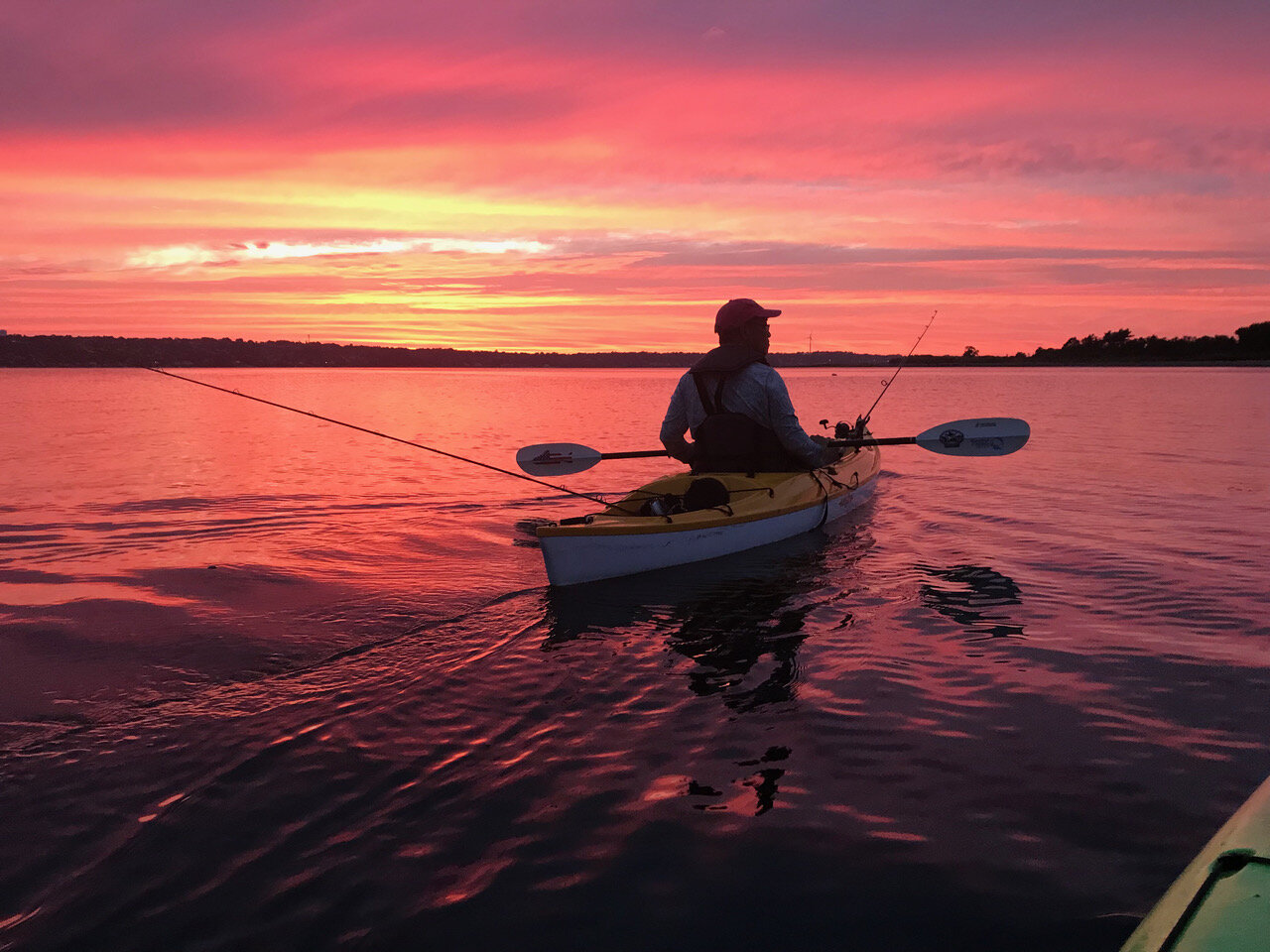
The Tiverton Aquaculture Issue
The current batch of proposals for perpetual fixed location aquaculture along the Sapowet/Seapowet coast (it can be spelled two ways) appear to have serious flaws in their presentations. I believe neither should have been approved by the Tiverton Harbor Commission. Both are now at RI Coastal Resources Management Council (CRMC) for final approval.

Seapowet residents mobilize against Oyster Farms
Photo: Seapowet area residents opposed to two oyster farms off their shores have mobilized in recent weeks, planting hundreds of signs, launching a website and raising more than $12,000 to cover legal fees. TED HAYES
Posted Wednesday, July 28, 2021 8:46 am
By Ted Hayes
Members of the Tiverton Town Council on Monday night directed the town solicitor to look over a proposed resolution that, if passed locally and sent to the Rhode Island General Assembly, could give residents more time to respond to controversial aquaculture proposals than state regulations currently call for.
The proposed resolution was put on the agenda by councilor Jay Edwards, who said the way the state Coastal Resources Management Council conducts business, specifically in the case of two current oyster farm proposals — one south of Seapowet Point, one north of it — has caused legitimate cause for concern here. Those opposed to the farms only heard of the proposals until they were well along in the CRMC approval process. And that's not right, he said.
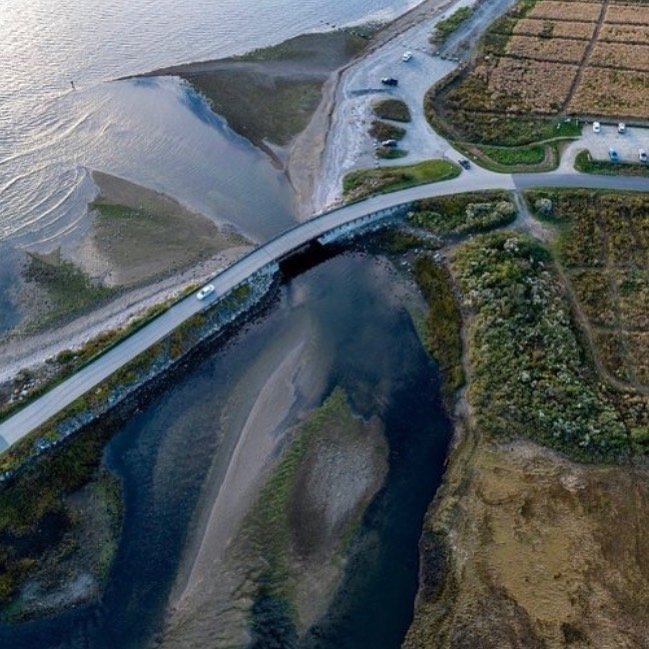
Improving CRMC’s Public Awareness
by Todd Corayer | Jul 14, 2021 | 2021 Fishing Season, American Saltwater Guides Association, Fish Wrap Ponderings, Fishery Policy & Rules, Fly Fishing - Saltwater, Kayak Fishing, Recreation Public Access, Rhode Island Waterways, Salt Water Fishing, Striped Bass Fishing, surfcasting

Duxbury: A Cautionary Tale
The problem is that the area where Bennett now has a commercial oyster operation was once open to all of the residents of that remote nob at the end of Duxbury Beach, families who used it for recreational boating, clamming, swimming and more.
And now, according to several people who spoke at the hearing, it often looks like a commercial operation and they are barred from entering the area.
Carl Souza has been there all his life, he said, and he knows everyone down there. He was visibly upset at what he sees happening.
“The area he chose was one that was used recreationally by the whole community,” Carl said. “At high tide for water skiing, for sailing, fishing along that point - the bass fishing was phenomenal.”
Carl Souza said the site often looks like a commercial seaport now, with all sorts of equipment, boats and materials stacked up, tracks everywhere.

Sakonnet Times: Proposed Oyster Farm Meets Resistance
Resident Kathleen Metcalf said she fears an abutting oyster farm would negatively impact property values. “As taxpayers, we should have a voice in this decision,” she wrote.
Probably most alarming, abutters said, is that they had been given no prior notice of the Bowens’ proposal: residents had only learned about it earlier this month, at the same time the application was nearing its’ final stages with the CRMC.

Some Members of the Tiverton Harbor Commission Feel Misled by the Oyster Farmers
Patrick Bowen opening statement on notifying abutters for the Tiverton Harbor Commission:
…there have been no letters of opposition received from adjacent property owners. We have personally discussed our proposal with no fewer than three nearby property owners all of whom have been supportive and expressed interest in the proposal….
In reality, there were two dissenting letters from recreational fin fisherman that CRMC received in May 2020 and July 2020 - well before this meeting. Unfortunately, Aquaculture Coordinator Benjamin Goetsch remained silent and withheld this critical information from the Tiverton Harbor Commission about the competing use of fin fishing.
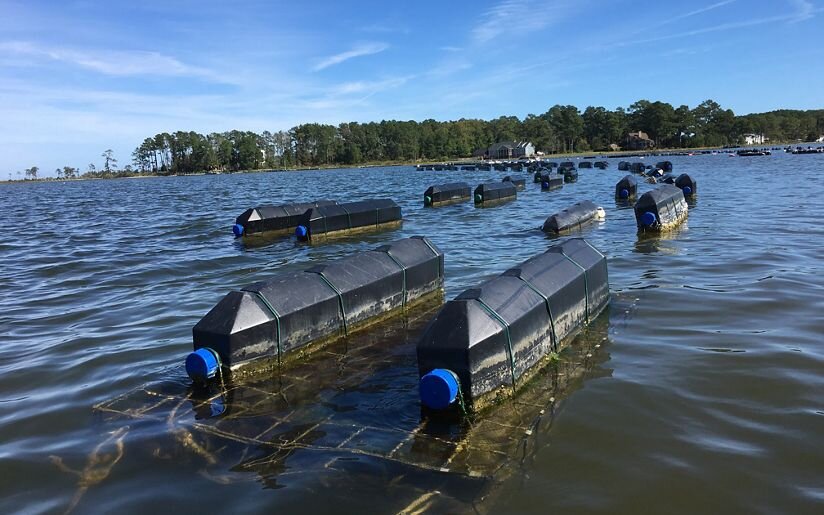

Letter: Tiverton oyster farm — neighbors needed to know
Original letter appeared in EastBayRI.com
To the editor:
At every level of government this question, too much or too little, is difficult to answer. Today in Tiverton the tension inherent in this question concerns notifying abutters of a proposed oyster farm.
In most states, which are larger with greater populations, this kind of issue would normally be handled at the county level.
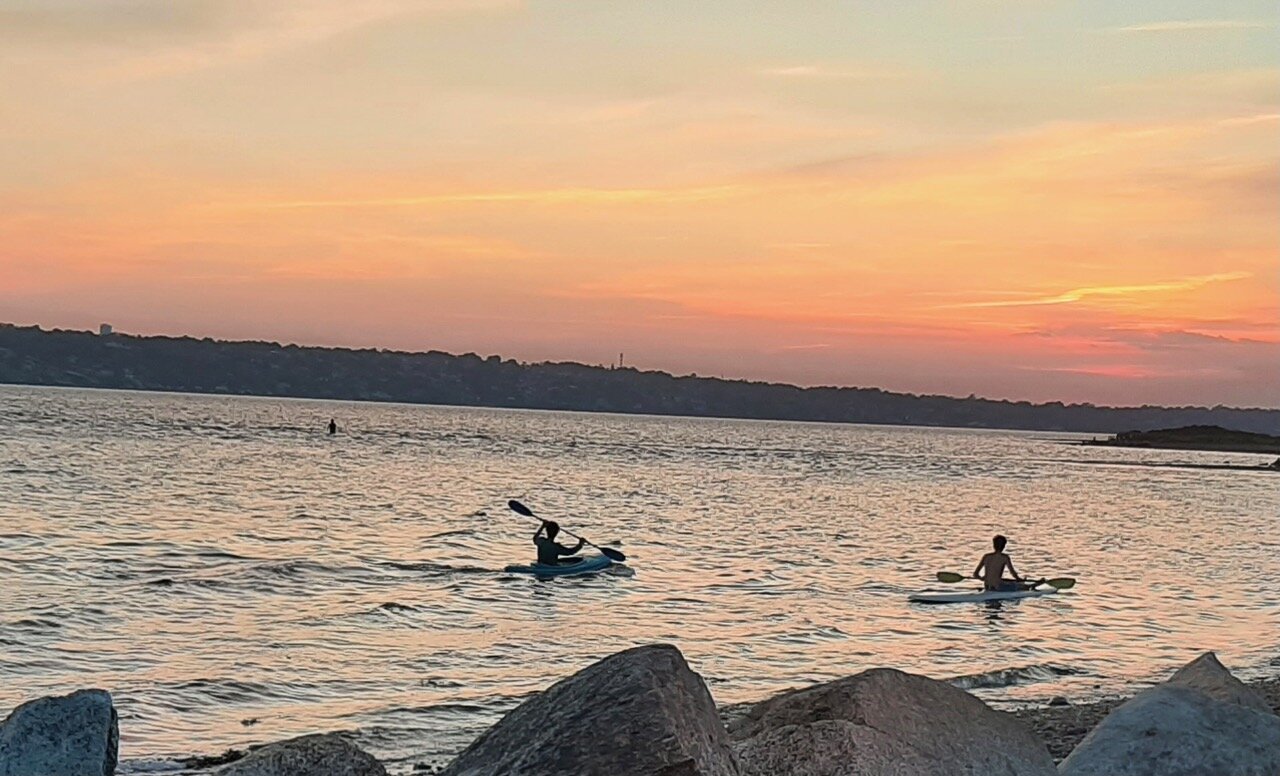
Proposed oyster farm in Tiverton met with resistance
Original article published in NewportRI.com in February 2020
The commission voted 4-2 to recommend the proposal go to the next step at the CRMC. Voting against were Corr, who said his primary concern was the bacteria from the nearby creek, and Paul Duarte, who said the recreational shellfishing areas need to be protected for use by the general public.
A Saunderstown resident spoke in opposition to the location. “This is an area suitable for people to shellfish,” he said. “You’re shutting the spot down for 15 years,” if the oyster farm is approved for that location. “You’re closing that area for recreational use,” he said.
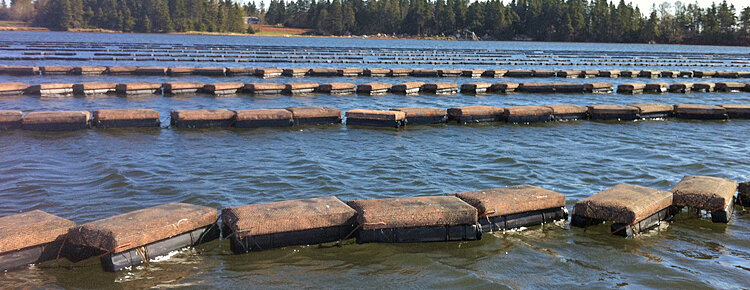
Ecological Consequences of Oyster Culture
Originally published in Journal of Fisheries & Livestock Production
Click here to view full article
It is now stated that aquaculture activities cause environmental disturbances [6,8,9]. Oysters farming usually results in a net removal of nutrients from the water column and may also compete with other organisms for survival (e.g seagrass) and this is generally considered to cause environmental damage. In the Pertuis Charentais (SW France), oysters have traditionally been cultivated directly on the sediment, hereafter called on-bottom culture, but currently the most common technique is on tray culture (Figure 1), hereafter called off-bottom culture.
This involves placing the oysters in plastic mesh bags tied to metal trestles. The presence of trestles arranged in parallel rows in the intertidal area [10] significantly reduces the strength of tidal currents [4]. This limits the dispersal of pseudo-faeces and faeces in the water column and thus increases the natural sedimentation process by several orders of magnitude [11]. The adverse effects of aquaculture-derived organic matter loads on subtidal benthic assemblages are known [12], so in view of the features of on- bottom and off-bottom culture methods, it is plausible that off-bottom cultures cause more disturbance than on-bottom cultures to intertidal benthic environments. Other potential negative impacts associated with oyster farming include; physical impacts associated with farming structures and farm operations, reductions in native stocks caused by the collection of result wild seed and impacts associated with the introduction of exotic or invasive species
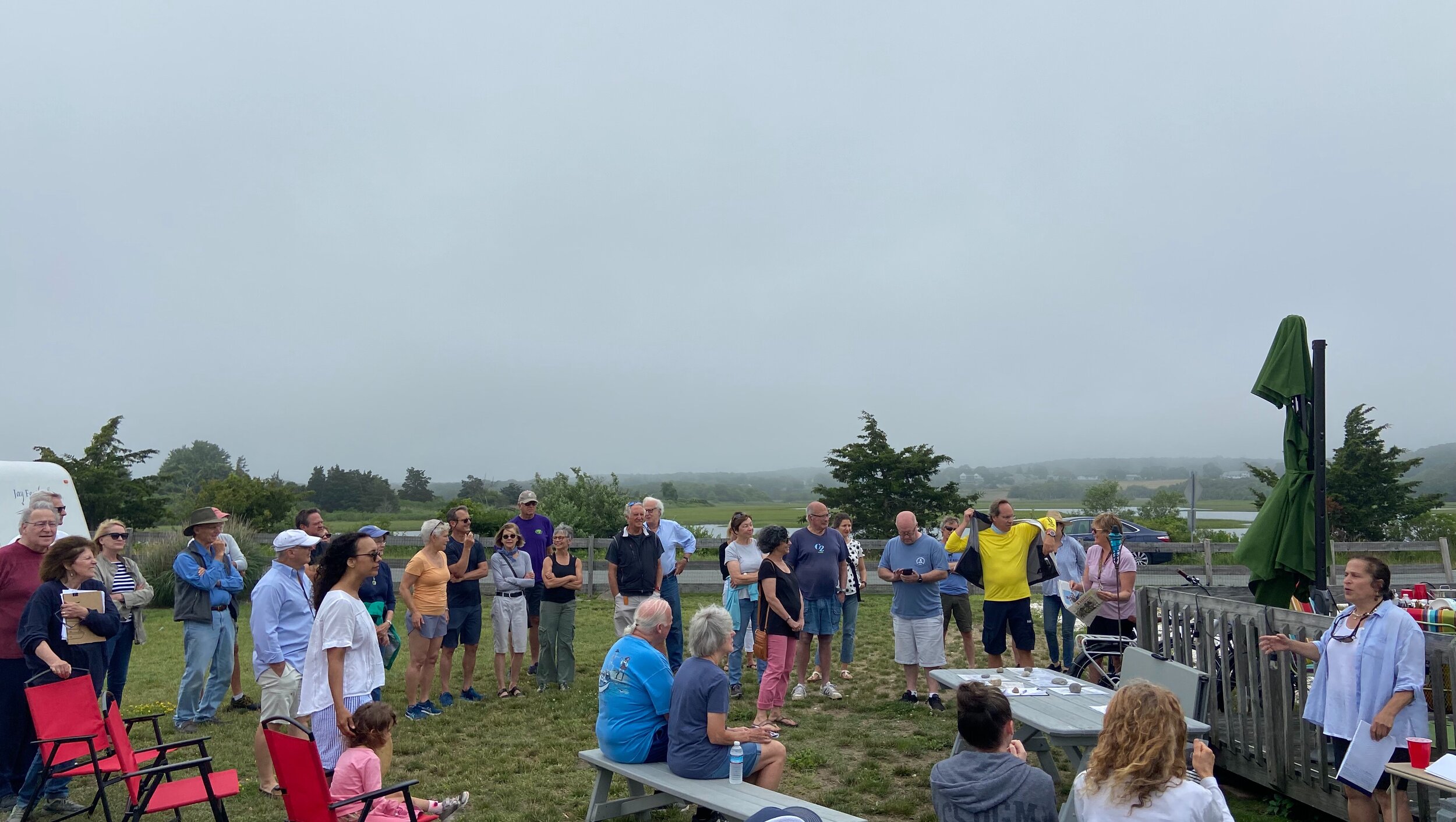
Movement Begins to Save Seapowet from Destructive Oyster Farming
Two oyster farms threaten access to pristine coastline in Tiverton around the Seapowet Marsh. Recreational users, neighbors, and local residents need your help to fight this threat. We are raising money for a legal defense fund. We can’t navigate the complex policies of the powerful Coastal Resources Management Council (the state permitting agency) alone. The CRMC could make a decision as soon as mid-July.
Our local community, boaters, kayakers, fishermen, conservationists, and those who value access to Tiverton’s beautiful coastline waters are grateful for your support. Thank you!
